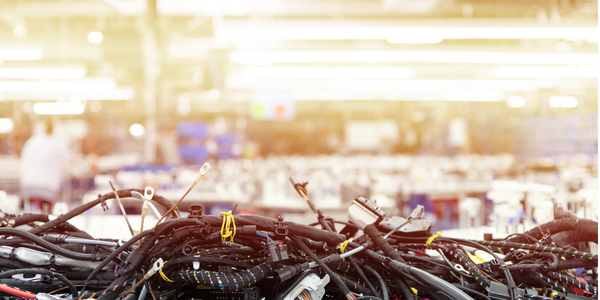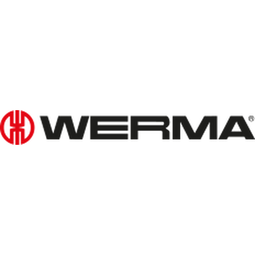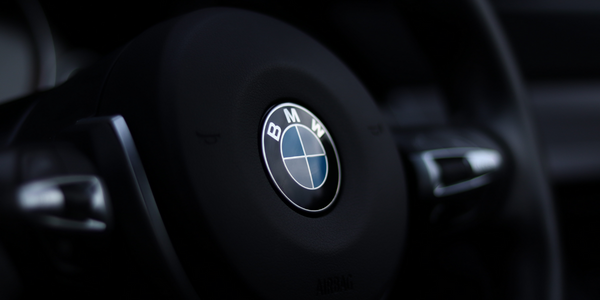
Technology Category
- Functional Applications - Remote Monitoring & Control Systems
Applicable Industries
- Automotive
Applicable Functions
- Discrete Manufacturing
Use Cases
- Process Control & Optimization
The Customer
TRW Automotive
About The Customer
TRW Automotive GmbH in Blumberg, Germany is part of a globally active group that mainly manufacturers components for engines and automobiles in every conceivable configuration. Around the world, TRW has more than 65,000 employees and 186 branches in 26 co
The Challenge
TRW needed a wireless monitoring system as laying cables and trunking throughout their sprawling and ageing facility would be an unimaginable task.
The Solution
TRW began by monitoring 10 critical machines with 10 transmitters monitoring machine status. Using WIN the customer was able to get a precise overview of their status in a matter of minutes. The plug and play wireless system was quick and easy to install and up and running immediately.
Operational Impact
Quantitative Benefit

Case Study missing?
Start adding your own!
Register with your work email and create a new case study profile for your business.
Related Case Studies.

Case Study
Integral Plant Maintenance
Mercedes-Benz and his partner GAZ chose Siemens to be its maintenance partner at a new engine plant in Yaroslavl, Russia. The new plant offers a capacity to manufacture diesel engines for the Russian market, for locally produced Sprinter Classic. In addition to engines for the local market, the Yaroslavl plant will also produce spare parts. Mercedes-Benz Russia and his partner needed a service partner in order to ensure the operation of these lines in a maintenance partnership arrangement. The challenges included coordinating the entire maintenance management operation, in particular inspections, corrective and predictive maintenance activities, and the optimizing spare parts management. Siemens developed a customized maintenance solution that includes all electronic and mechanical maintenance activities (Integral Plant Maintenance).

Case Study
Monitoring of Pressure Pumps in Automotive Industry
A large German/American producer of auto parts uses high-pressure pumps to deburr machined parts as a part of its production and quality check process. They decided to monitor these pumps to make sure they work properly and that they can see any indications leading to a potential failure before it affects their process.







